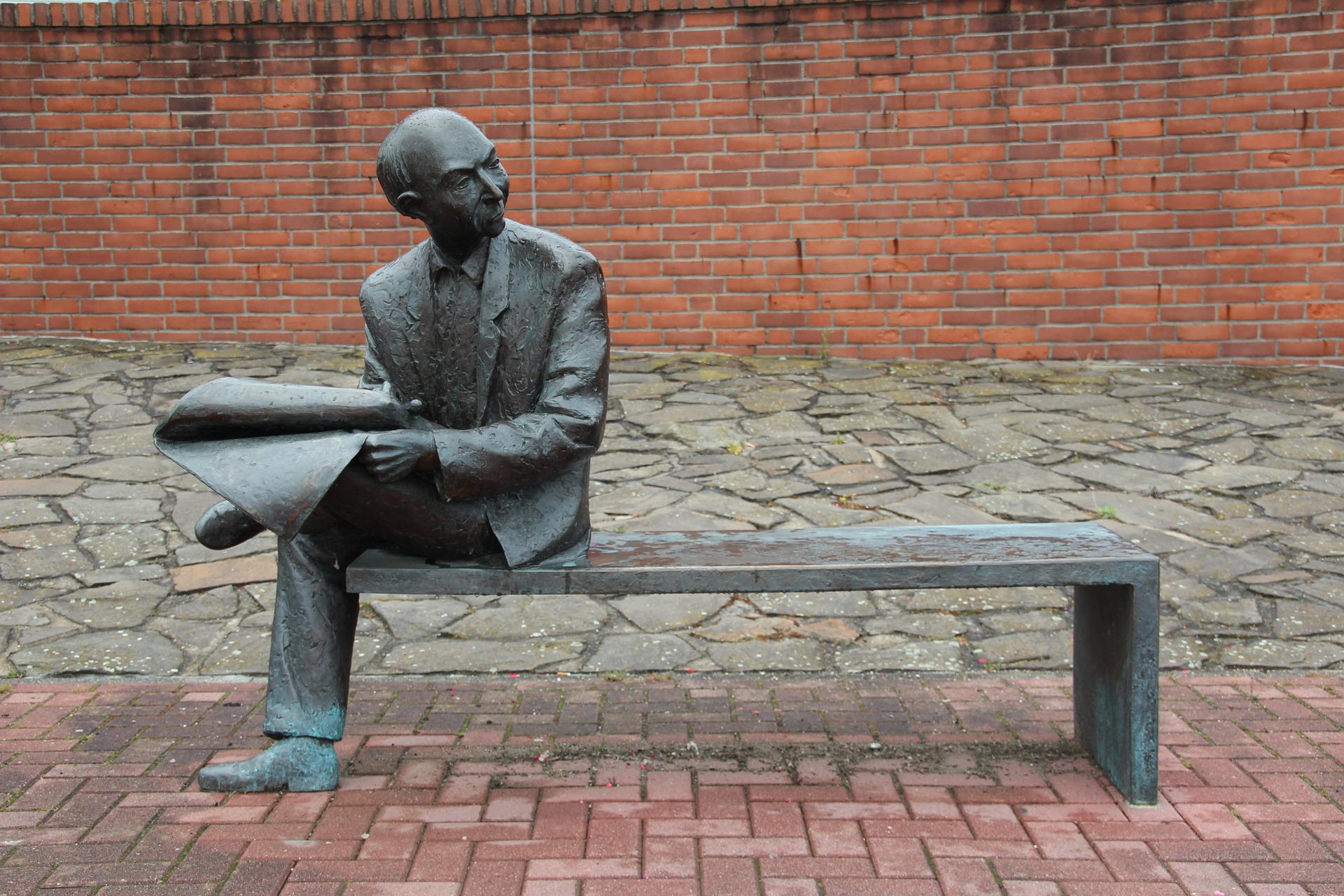By Peter Weddle, CEO TAtech
How pandas survive solely on bamboo: Evolutionary history -- ScienceDaily
Evolution is the world’s most fascinating form of transformation. Giant pandas offer a case in point. For years, evolutionary scientists have been stumped by the origins of their thumb. Well, it’s not exactly a thumb, at least not a thumb like ours.
The thumb of giant pandas is actually an extension of their wrist bone. It’s the tool they use to grasp bamboo, and bamboo, it turns out, is the only food they eat. They’re members of the order Carnivora or meat-eaters, but subsist entirely on that plant. And, this so-called “false thumb” enables them to do so and survive.
The false thumb of today’s giant pandas, however, is perfectly shaped for them to perform not one, but two important functions. It has a curved end that enables them to grasp bamboo as they eat and to support their weight when they walk. Both are essential to their survival because bamboo is low in nutritional value, so pandas have to be able to travel as far as it takes to find and ingest huge quantities of the plant.
And, that’s where the mystery of evolution comes in. For years, scientists have wondered about how this “false thumb” came to be in a meat-consuming species. Is it some quirk of nature in these animals or is it the result of their adaptation to a food source that is much more plentiful than meat in their native jungles?
A recent discovery of a 6-7 million year old fossilized “false thumb” has finally answered that question. This ancient version of the wrist bone is longer and straighter than that found on modern giant pandas. The much more versatile curved version, therefore, is an evolutionary adaptation that has supported the health and wellbeing of the bear over the ensuring millennia.
To me, that’s a perfect illustration of a truism about evolution. It reduces risk by always moving in a beneficial direction. Its outcome increases the odds of continuation and betterment.
And that’s why it should be an important aspect of talent acquisition in general and the development of an organization’s employment brand in particular.
As most of us know, it's hard work to accurately identify and effectively communicate an organization’s employer brand. That reality often pushes us into less than beneficial behavior. Once we’ve arrived at a brand, we tend to hang onto it for a very long time. In effect, we block the normal flow of its evolution and, as a consequence, the continuation and betterment of the organization’s talent acquisition.
Why is that?
Because in today’s world, three things never stand still: the workforce, the workplace and the employer itself. All are changing in response to shifts in society, the economy and the world of work. Recruiters can either adapt their behaviors to those alterations and excel in their talent acquisition or they can ignore those changes and see their employer grow increasingly out-of-touch and irrelevant.
The development of an employer brand, for example, must be dynamic. Its content and articulation must be continuously evaluated and, if appropriate, adjusted to express the most authentic and appropriate version of what an organization stands for as an employer. Optimally, that should be an annual exercise and involve not just the recruiting team but hiring managers and senior leaders as well. Only then, is a brand not a brand that has failed to evolve and put the organization it represents at risk.
Food for Thought,
Peter

